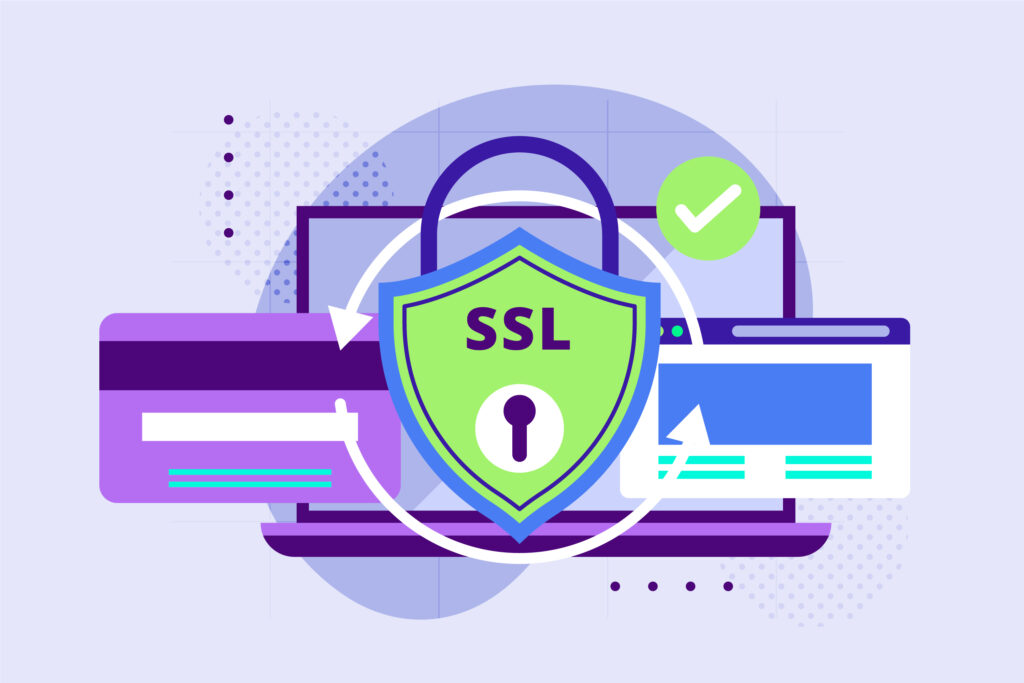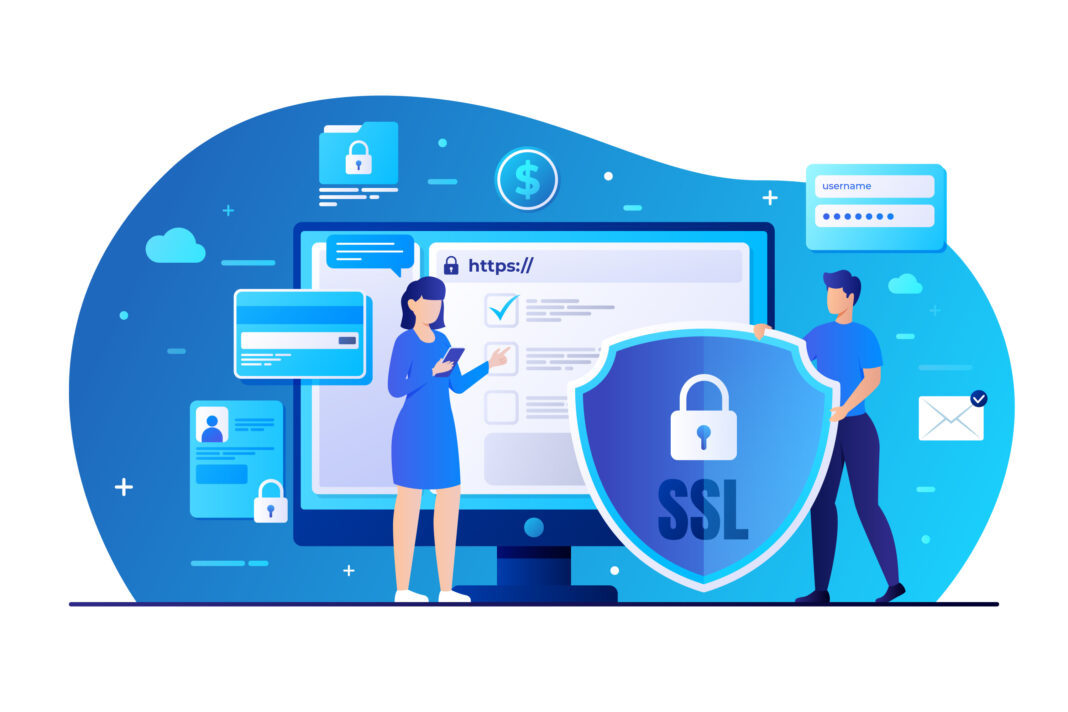Cyberattacks are one of the most significant threats facing businesses, developers, and individuals today. Hackers constantly evolve their tactics, exploiting vulnerabilities in software to steal data, disrupt operations, or demand ransoms. The consequences of a breach can be devastating—financial losses, reputational damage, legal penalties, and operational downtime.

To defend against these threats, you need a multi-layered security strategy that covers every stage of software development, deployment, and maintenance. This guide provides an in-depth, step-by-step approach to securing your software against cyber threats. We’ll explore secure coding practices, encryption, authentication, threat detection, compliance, and incident response—all in exhaustive detail.
Cyberattack Vectors: How Hackers Exploit Software
Before you can defend your software, you must understand how cyberattacks happen. Hackers use numerous techniques to breach systems, and each requires a different defense strategy. Below, we examine the most common attack methods in detail.
1.1 SQL Injection (SQLi)
What it is:
SQL injection occurs when attackers insert malicious SQL queries into input fields (like login forms) to manipulate databases.
How it works:
- A hacker inputs
' OR '1'='1into a login form. - If the software doesn’t sanitize inputs, the database interprets this as a valid command.
- The attacker gains unauthorized access to sensitive data.
Real-world example:
In 2019, a major hotel chain suffered a breach where hackers stole 383 million guest records using SQL injection.
How to prevent it:
- Use parameterized queries (prepared statements).
- Implement input validation to reject suspicious characters.
- Apply ORM frameworks (like Hibernate) to avoid raw SQL.
1.2 Cross-Site Scripting (XSS)
What it is:
XSS attacks inject malicious scripts into web pages viewed by users.
Types of XSS:
- Stored XSS (malicious script saved on the server).
- Reflected XSS (script embedded in a URL).
- DOM-based XSS (executed in the browser).
How it works:
- A hacker embeds
<script>alert('Hacked');</script>in a comment field. - When another user loads the page, the script executes.
Prevention methods:
- Escape user inputs (convert
<to<). - Use Content Security Policy (CSP) headers.
- Sanitize data with libraries like DOMPurify.
1.3 Ransomware Attacks
What it is:
Malware that encrypts files, demanding payment for decryption.
Recent cases:
- WannaCry (2017) – Infected 200,000+ systems globally.
- Colonial Pipeline (2021) – Caused fuel shortages in the U.S.
How to defend:
- Regular offline backups (3-2-1 rule).
- Endpoint detection & response (EDR) tools.
- Employee training (phishing is a common entry point).
1.4 Zero-Day Exploits
What it is:
Attacks targeting unknown vulnerabilities before developers can patch them.
Example:
- Log4j (2021) – A flaw in Apache’s logging library allowed remote code execution.
Mitigation strategies:
- Behavior-based detection (instead of signature-based).
- Sandboxing (isolate untrusted code).
- Threat intelligence feeds (monitor emerging vulnerabilities).
2. Secure Software Development Lifecycle (SDLC)
Building secure software starts at the development phase. A Secure SDLC integrates security at every stage:
2.1 Requirements Phase
- Define security requirements (e.g., encryption standards).
- Conduct threat modeling (identify potential risks).
2.2 Design Phase
- Follow least privilege principle (users get minimal access).
- Use secure architecture patterns (like microservices with API gateways).
2.3 Implementation Phase
- Static Application Security Testing (SAST) – Scans code for vulnerabilities.
- Peer code reviews – Catch security flaws early.
2.4 Testing Phase
- Dynamic Application Security Testing (DAST) – Simulates attacks on running apps.
- Penetration testing – Ethical hackers probe for weaknesses.
2.5 Deployment & Maintenance
- Automated patch management.
- Continuous monitoring for anomalies.
3. Authentication & Access Control Best Practices
Weak authentication is a leading cause of breaches. Here’s how to strengthen it:
3.1 Multi-Factor Authentication (MFA)
- Types of MFA:
- SMS codes (less secure due to SIM swapping).
- Authenticator apps (Google Authenticator, Authy).
- Hardware tokens (YubiKey).
3.2 Role-Based Access Control (RBAC)
- Example:
- Admin: Full system access.
- User: Limited to necessary functions.
- Guest: Read-only permissions.
3.3 Password Security Policies
- Enforce:
- 12+ characters.
- No common passwords (
123456,password). - Regular password rotations.
4. Encryption & Data Protection Strategies
4.1 End-to-End Encryption (E2EE)
- Use cases:
- Messaging apps (WhatsApp, Signal).
- Payment gateways (PCI DSS compliance).
4.2 TLS/SSL Best Practices
- Always use TLS 1.2 or higher.
- Avoid deprecated protocols (SSL 3.0, TLS 1.0).
5. Incident Response & Recovery Plan
5.1 Steps to Take After a Breach
- Contain the attack (isolate affected systems).
- Investigate the cause (forensic analysis).
- Notify affected parties (legal requirements under GDPR).
- Restore from clean backups.
FAQ Section
Q: How often should I conduct penetration testing?
A: At least annually, or after major updates.
Q: Is open-source software riskier?
A: Not inherently, but unmaintained projects pose risks.
Q: Can AI help in cybersecurity?
A: Yes, AI-powered threat detection improves response times.
Final Thoughts
Cybersecurity is not a one-time task but an ongoing process. By implementing secure coding, strong authentication, encryption, and continuous monitoring, you drastically reduce attack risks. Start applying these measures today to protect your software from evolving threats.

